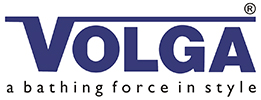- Home Page
- Company Profile
-
Our Products
- Coral Collection Volga
- Continental Collection Riva
- Pearl Collection Volga
- Moon Collection Volga
- Allied Collection Volga
- Onyx Collection Riva
- Lotus Collection Riva
- Rose Collection Riva
- Prince Collection Volga
- Fusion Collection Volga
- Desire Collection Riva
- Opal Collection Volga
- Sapphire Collection Volga
- Flora Collection Riva
- Sensors Collection Volga
- Royal Collection Volga
- Sumo Collection Volga
- Flora Collection Bathroom Accessories
- Versa Collection Volga
- Bathroom Fittings & Accessories
- Cubix Collection Riva
- Squaro Collection Volga
- Choras Collection Volga
- Taj Collection Volga
- Arya Collection Volga
- Blog

Exploring Sustainable Bathroom Fixtures for Eco Friendly Home Renovations
In recent years, the focus on sustainability has driven significant changes within the home renovation industry, particularly regarding bathroom fixtures. According to a 2022 report by the American Institute of Architects, over 65% of homeowners express a strong desire to incorporate eco-friendly materials and fixtures during renovations. This shift not only reflects a growing environmental awareness but also aligns with the increasing availability of innovative products designed to reduce water consumption and energy usage. For instance, low-flow toilets and faucets can save upwards of 20-30% in water usage, while energy-efficient lighting options can cut energy costs by approximately 75% over traditional bulbs. As eco-conscious living continues to gain traction, exploring sustainable bathroom fixtures becomes essential for homeowners aiming to create a stylish yet environmentally responsible space.

Selecting Eco-Friendly Materials for Sustainable Bathroom Fixtures
When renovating a bathroom with sustainability in mind, selecting eco-friendly materials for fixtures is crucial. One of the best choices for sustainable bathroom fixtures is bamboo. Known for its rapid growth and renewability, bamboo’s natural strength makes it an excellent material for vanities, shelves, and even flooring. Additionally, bamboo fixtures not only provide aesthetic appeal with their unique grain patterns but also come with a lower environmental impact compared to traditional hardwoods.
Another great option is recycled glass, which can be used for sinks, countertops, and tiles. By repurposing glass, manufacturers reduce waste and energy consumption associated with producing new materials. Recycled glass fixtures are not only durable but also offer a modern and stylish touch to bathroom designs. Moreover, low-flow faucets and showerheads made from sustainable materials can greatly reduce water consumption, further enhancing the eco-friendliness of the bathroom renovation. By thoughtfully choosing these materials, homeowners can create a beautiful, functional, and environmentally friendly space.
Innovative Water-Saving Technologies for Modern Bathrooms
Modern bathrooms are evolving into spaces of innovation and sustainability, with a strong focus on water-saving technologies. Today’s smart toilets exemplify this shift, designed not only for convenience but also for significantly reducing water usage. These toilets seamlessly integrate advanced features that enhance the user experience while conserving resources. For instance, many models incorporate dual-flush systems, which allow users to choose between a lower volume flush for liquid waste and a higher volume for solid waste, effectively managing water consumption.
Furthermore, the trend of adopting smart bathroom fixtures goes beyond just toilets. Advanced faucets and showers are now equipped with technology that tracks water usage and adjusts flow rates accordingly. This not only aids in personal comfort but also promotes eco-friendly practices by minimizing excess water wastage. As we move towards a more sustainable future, these innovations are transforming the perception of bathroom functionality, making it a central element in eco-friendly home renovations. Embracing such technologies not only enhances the modern home's value but also supports a more sustainable lifestyle, ensuring we use our resources wisely.
Energy-Efficient Lighting Solutions for your Eco-Conscious Renovation
When planning an eco-conscious home renovation, energy-efficient lighting solutions should be at the forefront of your design choices. According to the U.S. Department of Energy, lighting accounts for approximately 12% of the average household’s energy use. By switching to energy-efficient options such as LED bulbs, homeowners can reduce this figure significantly. LEDs consume about 75% less energy than traditional incandescent bulbs and can last up to 25 times longer, making them not only a sustainable choice but also a cost-effective one over time.
In addition to using LEDs, integrating smart lighting systems can further enhance energy efficiency. A report from the International Energy Agency (IEA) reveals that smart lighting solutions can decrease energy consumption by as much as 30% in residential settings. These systems allow you to automate and optimize your lighting according to your needs, utilizing features such as motion sensors and programmable schedules. Such advancements not only contribute to a reduction in energy usage but also promote an environmentally friendly approach to home renovations. By focusing on energy-efficient lighting, homeowners can create a stylish, welcoming ambiance while significantly lowering their carbon footprint.
Exploring Sustainable Bathroom Fixtures for Eco Friendly Home Renovations - Energy-Efficient Lighting Solutions for your Eco-Conscious Renovation
| Fixture Type | Material | Energy Efficiency Rating | Estimated Lifespan | Water Savings (liters/year) | CO2 Reduction (kg/year) |
|---|---|---|---|---|---|
| Low-Flow Showerhead | Recycled Plastic | A | 10 years | 15,000 | 200 |
| Energy-Efficient LED Vanity Light | Aluminum | A++ | 25 years | N/A | 100 |
| Dual-Flush Toilet | Ceramic | A | 15 years | 10,000 | 180 |
| Low-Flow Faucet Aerator | Brass | A | 10 years | 5,000 | 50 |
| Recycled Glass Shower Doors | Recycled Glass | N/A | 20 years | N/A | 0 |
DIY Tips for Installing Sustainable Bathroom Fixtures
As homeowners increasingly turn to renovations rather than purchasing new properties, the demand for sustainable bathroom fixtures is on the rise. In 2025, the global market size for kitchen and bathroom sinks is expected to reach approximately $9.8 billion, growing at a compound annual growth rate (CAGR) of 5.2% through 2033. This trend reflects a broader movement toward eco-friendly solutions that enhance both aesthetics and functionality in home spaces.

When it comes to installing sustainable bathroom fixtures, DIY enthusiasts can embrace several practical strategies. Opting for water-saving showerheads can significantly reduce water consumption. The market for showerhead arms is anticipated to grow from $560 million in 2025 to $900 million by 2033, showcasing a growing interest in efficient bathing options. Furthermore, using environmentally-friendly materials such as recycled metal or bamboo not only minimizes environmental impact but also adds a modern touch to bathroom design. Incorporating smart technologies, which are projected to transform traditional bathrooms into digital ecosystems, can also enhance user experience while promoting energy conservation.
Creating a Cohesive Design with Eco-Friendly Bathroom Elements
Creating a cohesive design for an eco-friendly bathroom requires careful selection of sustainable fixtures and materials. Start by opting for low-flow toilets and faucets that significantly reduce water consumption without sacrificing performance. Pair these features with durable, recycled materials such as reclaimed wood for cabinetry or bamboo for flooring. Not only do these choices contribute to a greener environment, but they also add a unique aesthetic that can enhance the overall design of the space.
Incorporating energy-efficient lighting and fixtures is another essential step towards a sustainable bathroom. Choose LED lights that not only consume less energy but also create a warm ambiance. Additionally, consider using non-toxic paints and finishes to ensure a healthier indoor air quality. When all elements harmonize, the result is a stylish yet eco-conscious bathroom that reflects personal values while providing a serene and inviting atmosphere. By blending functionality with sustainability, homeowners can achieve a refined and cohesive design that aligns with their commitment to environmental stewardship.
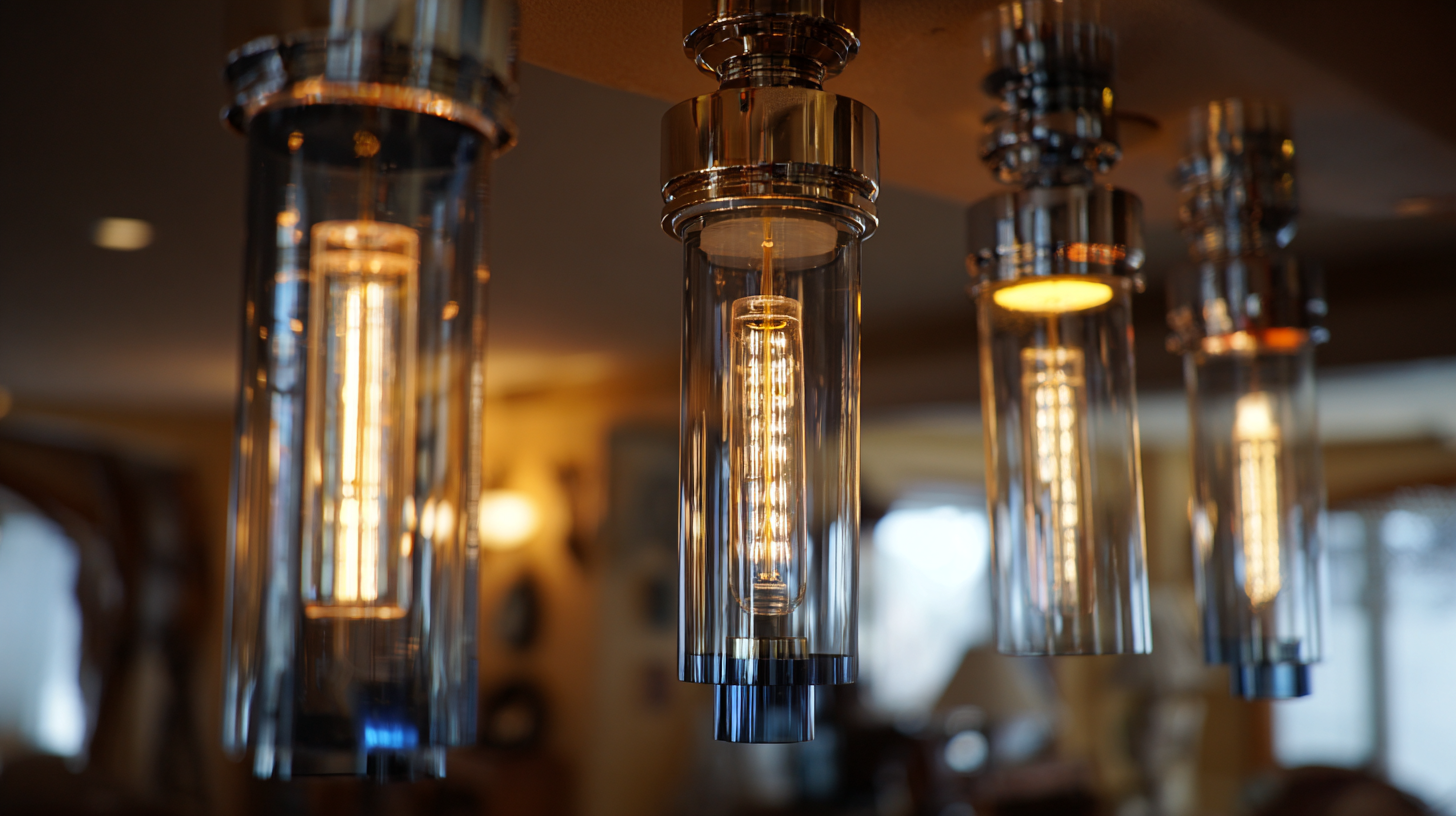
Related Posts
-
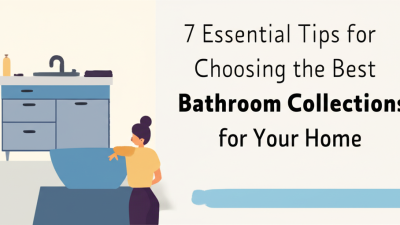
7 Essential Tips for Choosing the Best Bathroom Collections for Your Home
-
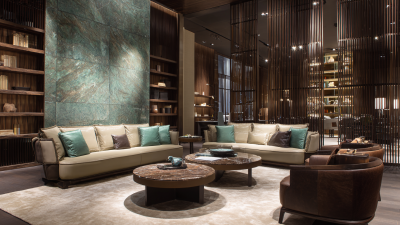
How Industry Standards Shape the Best Bathroom Collections: A Guide to Quality and Selection
-

How to Choose the Perfect Bathroom Supplier for Your Home Renovation
-
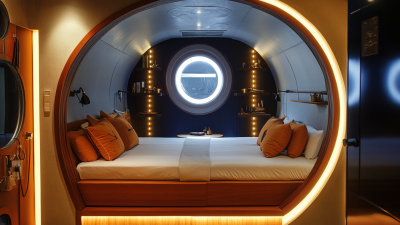
Maximizing Your Space with Innovative Bathroom Fittings Solutions
-
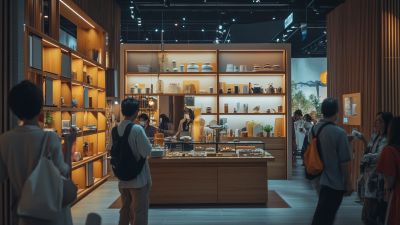
Discover Exciting Trends in Bathroom Ware at the 137th Canton Fair 2025
-

Top Strategies for Achieving a Clutter-Free Bathroom with the Best Bathroom Tidy
Developed and Managed by Infocom Network Private Limited.
